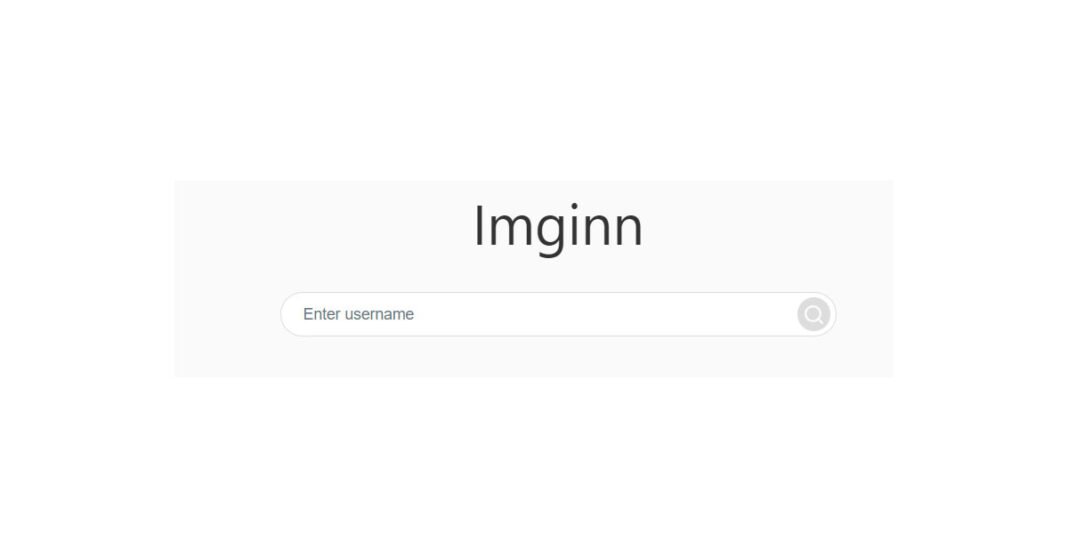With the revolutionary JoinPD.com, educators can design engaging classes, offer insightful feedback, and monitor the development of their students. The days of inert lectures and classroom education are long gone. You can transform your classroom and start a thrilling student-teacher experience with the Join Pear Deck.
Pear Deck is a well-liked application for interactive presentations in educational settings, but like any other, it has advantages and disadvantages. Below is a summary of its benefits and drawbacks:
Benefits of Pear Deck Login Guide
- Attractive and communicative: With Pear Deck, you can enhance your presentations with polls, drawing exercises, and other features to make them more interactive and exciting for the students. Better knowledge and memory recall may result from this.
- Formative assessment: You can quickly see students’ answers with the real-time feedback tool, which lets you modify your lesson or pinpoint areas where students need extra assistance.
- Differentiation: You can adjust presentations to each student’s needs by providing a range of question kinds, varying degrees of difficulty, or instant feedback in response to their responses.
- Google integration: Pear Deck easily connects with Google Classroom and Slides, making it simple for educators and students accustomed to these programs.
- Fun and user-friendly: Learning is made enjoyable by the aesthetically pleasing and simple-to-use interface, which is accessible to both teachers and students.
Drawbacks:
- Cost: The functionality and deck size of the free edition are restricted. Upgraded versions can be costly, particularly for smaller educational institutions.
- Restricted math functions: Despite Pear Deck’s versatility, its limited capabilities may make it unsuitable for calculations or equations involving sophisticated math.
- Accessibility: Scratching on a slide can be difficult, particularly on a smartphone or other device without a touchscreen. Several features need to be added, such as particular characters or equations.
- Limitations on collaboration: If teachers teach related courses, sharing decks can take time and effort.
- Issues with large classes: When many people participate, presentations might become out of control, especially when group projects are involved.
Also Read: GenYoutube – Download Youtube Videos For Free
How many students benefit from Pear Deck?
Pear Deck Learning is a robust ecosystem of learning resources that provides customized instruction and gamified practice to keep students interested and performing at their best. It also offers real-time feedback and progress assessments.
How do Students interact with Pear Deck?
Summary
Initiating a Pear Deck Session, the instructor obtains the Join Code or Join Link to distribute to the students. The students choose to either click the Link OR. Reaches joinpd.com and inputs the Join Code. The students are now in the Student View, where they can answer interactive questions and view the presentation slides.
How can educators utilize Pear Deck?
- Utilize Pear Deck Slides to Get Started
- Register for a Pear Deck account.
- Visit peardeck.com.
- Select the “Teacher Login” option.
- When prompted, answer a few questions and log in using a Google or Microsoft Office 365 account.
- Install the Pear Deck add-on for Google Slides or Online PowerPoint add-in.
How can students participate in the Pear Deck presentation session?
After selecting the lesson mode and clicking “SSessionsson” in the Pear Deck sidebar, you will be given a particular Join Code for this Session. Students have two options for logging in: Students should visit joinpd.com and use this screen to enter the Session join code.
How Does This Help Students?
Students engage in interactive lessons and activities with their teachers through the use of Pear Deck. This is how it operates:
Entering the meeting:
- Using a join code that their teacher provides, students can access Pear Deck.
- Any gadget with an internet connection and a web browser may accomplish this.
- Once connected, Students will see the same presentation as their teacher on a classroom screen.
Getting involved with the material:
Instructors include a variety of interactive components in their presentations, such as:
- Multiple-choice questions: Students select their responses on their gadgets, and the instructor can view the results instantly.
- Open-ended questions: Allowing for greater involvement and comprehension, students type their answers.
- Polls and drawings: Students can anonymously share their thoughts or visually contribute.
- Getting feedback: Students may get instant feedback on their selections based on the task.
This enables individuals to grow from their errors and modify their comprehension.
Teachers can also give personalized feedback based on each student’s response.
Advantages for Students
- Enhanced engagement: Students are actively engaged in the learning process because of the interactive aspect of the curriculum.
- Better comprehension: Responding to inquiries and getting comments helps to solidify essential ideas.
- Differentiated learning: Tasks can be modified to accommodate various learning velocities and styles.
- Participation anonymously: Students could feel better expressing themselves in a nonjudgmental setting.
- Real-time insights: Students are encouraged to collaborate and have discussions as they can see how their peers are responding.
Pear Deck is a popular tool teachers use to create interactive presentations and lessons for students. Here’s how it benefits students:
Engagement and participation:
- Interactive elements: Pear Deck allows teachers to add various interactive aspects like multiple-choice questions, open-ended prompts, polls, drawings, and more. Students can respond directly on their devices, making learning more dynamic and engaging.
- Real-time feedback: Students can see their responses compared to others in real time, fostering discussion and encouraging participation.
- Anonymous responses: Students can answer questions anonymously, making them feel more comfortable sharing their thoughts and opinions.
- Gamification: Pear Deck offers features like points and leaderboards, which can motivate students and make learning more fun.
Also Read: Google Home Max White Review
Understanding and assessment Of Joinpd.com
- Immediate feedback: Teachers can see students’ responses in real-time, allowing them to adjust their teaching or provide direct feedback to individual students.
- Formative assessment: Pear Deck can be used for formative assessments, helping teachers identify areas where students need more support.
- Visual representation: Students can see how their understanding compares to others through visualizations of responses, which can help them identify areas for improvement.
- Personalized learning: Teachers can use Pear Deck to adapt their instruction based on students’ understanding, making learning more personalized.
Accessibility and inclusivity:
- Multiple devices: Students can access Pear Deck on any device with a web browser, making it accessible to everyone.
- Immersive Reader: Pear Deck integrates with Immersive Reader, which helps students with dyslexia or other reading difficulties access content.
- Different response formats: Students can respond to questions in various ways, such as text, drawings, or emojis, catering to different learning styles.
Additionally:
- Student-paced learning: Students can work independently on certain activities in Pear Deck.
- Collaboration: Pear Deck can be used for collaborative activities, where students work together on tasks.
- Review and reflection: Students can revisit Pear Deck presentations to review content and reflect on their learning.
Conclusion:
Pear Deck can be a valuable tool for improving learning in the classroom by encouraging participation, evaluation, and differentiation. But before putting it into practice in your classroom, it’s crucial to consider any potential disadvantages, including cost, accessibility, and limits.
Also Read: Qureka Banner – How does the Qureka Banner function?


